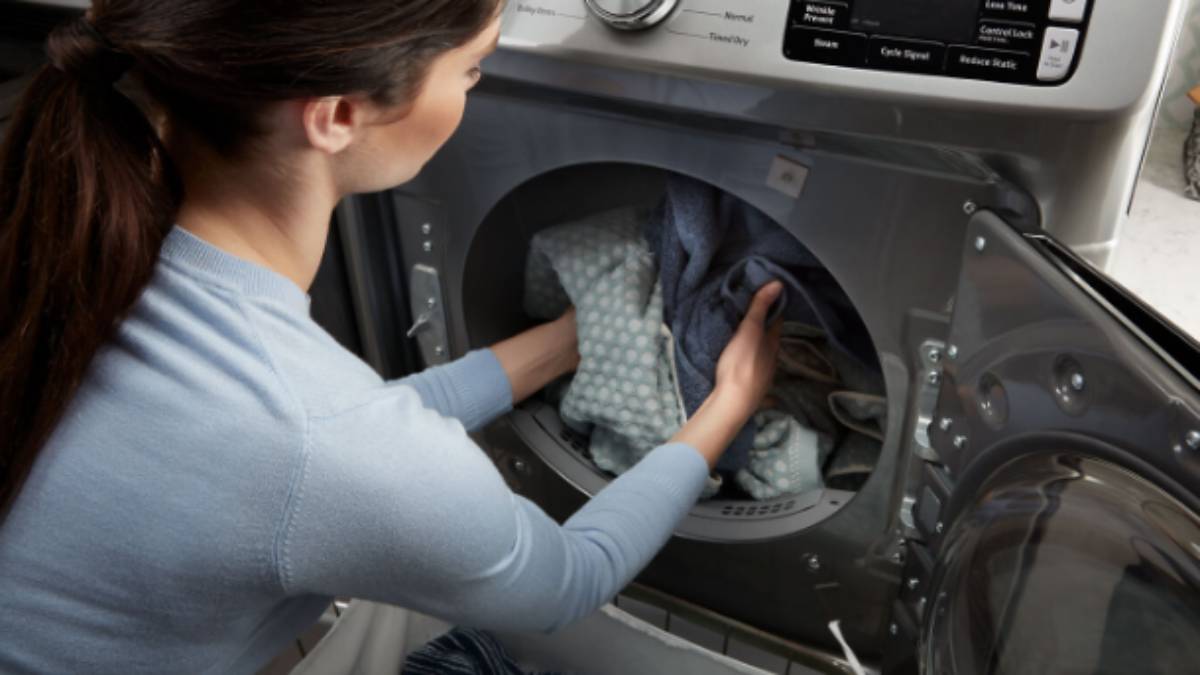Ties are essential accessories that can elevate your outfit, but maintaining their pristine condition can be a challenge. One common question that arises is: Are ties machine washable? The answer depends on the fabric and construction of the tie. In this guide, we’ll explore which ties can withstand machine washing and how to care for them properly.
Understanding Tie Fabrics and Their Care Requirements
Before tossing your tie into the washing machine, it’s crucial to understand the fabric it’s made from. Different materials have varying tolerances to water and agitation.
1. Silk Ties
Silk is a delicate fabric that requires special care. Most silk ties are labeled as “dry clean only” because water can cause them to lose their sheen and shape. If you must clean a silk tie at home, consider spot cleaning with a mild detergent and cold water. Avoid machine washing silk ties to prevent damage.
2. Polyester Ties
Polyester is a synthetic fabric known for its durability and resistance to wrinkles. Many polyester ties are machine washable. However, it’s essential to check the care label for specific instructions. To machine wash a polyester tie:
-
Place the tie in a mesh laundry bag to protect it.
-
Use a gentle cycle with cold water.
-
Air dry the tie by laying it flat or hanging it up.
3. Microfiber Ties
Microfiber ties are also machine washable. Similar to polyester, they are durable and resistant to wrinkles. Follow the care label instructions, and consider using a mesh bag to protect the tie during washing.
4. Wool Ties
Wool ties are more delicate and typically require dry cleaning. Machine washing can cause wool to shrink and lose its shape. If you choose to hand wash a wool tie, use cold water and a mild detergent, and avoid wringing or twisting the fabric.
5. Cotton and Linen Ties
Cotton and linen ties are generally more robust and can often be machine washed. However, to prevent shrinking and maintain their shape:
-
Wash in cold water on a gentle cycle.
-
Air dry by laying the tie flat.
-
Iron on a low setting if necessary.
Tips for Machine Washing Ties
If your tie’s fabric is machine washable, follow these general tips to ensure it remains in good condition:
-
Use a Mesh Laundry Bag: This protects the tie from snagging or tangling during the wash cycle.
-
Select a Gentle Cycle: A delicate or hand wash cycle reduces agitation, minimizing potential damage.
-
Avoid Bleach and Fabric Softeners: These can weaken the fabric and affect the tie’s appearance.
-
Air Dry Only: Never use a dryer. Lay the tie flat or hang it up to dry naturally.
When to Dry Clean Your Tie
If your tie is made from delicate fabrics like silk, wool, or cashmere, it’s best to take it to a professional dry cleaner. Dry cleaning uses solvents instead of water, which is gentler on delicate materials and helps maintain the tie’s structure and appearance.
Conclusion
In summary, whether your tie is machine washable depends on its fabric and construction. Always check the care label for specific instructions. When in doubt, opt for hand washing or professional dry cleaning to preserve the quality of your tie.
Frequently Asked Questions (FAQs)
1. Can I machine wash a silk tie?
Silk ties are generally not suitable for machine washing. It’s best to dry clean them or spot clean with a mild detergent.
2. How do I prevent my tie from losing its shape after washing?
To maintain a tie’s shape, avoid wringing or twisting it. Air dry the tie by laying it flat or hanging it up.
3. Is it safe to machine wash a polyester tie?
Many polyester ties are machine washable. Check the care label and use a gentle cycle with cold water.
4. Can I iron my tie after washing?
If the care label permits, you can iron your tie on a low setting. Always iron on the reverse side to prevent damage.
5. How can I remove stains from my tie?
For minor stains, spot clean with a mild detergent and cold water. For more stubborn stains, consider professional cleaning.
6. Are there any eco-friendly options for tie care?
Machine washable ties made from durable materials like polyester or microfiber reduce the need for dry cleaning, which can be more environmentally friendly.
